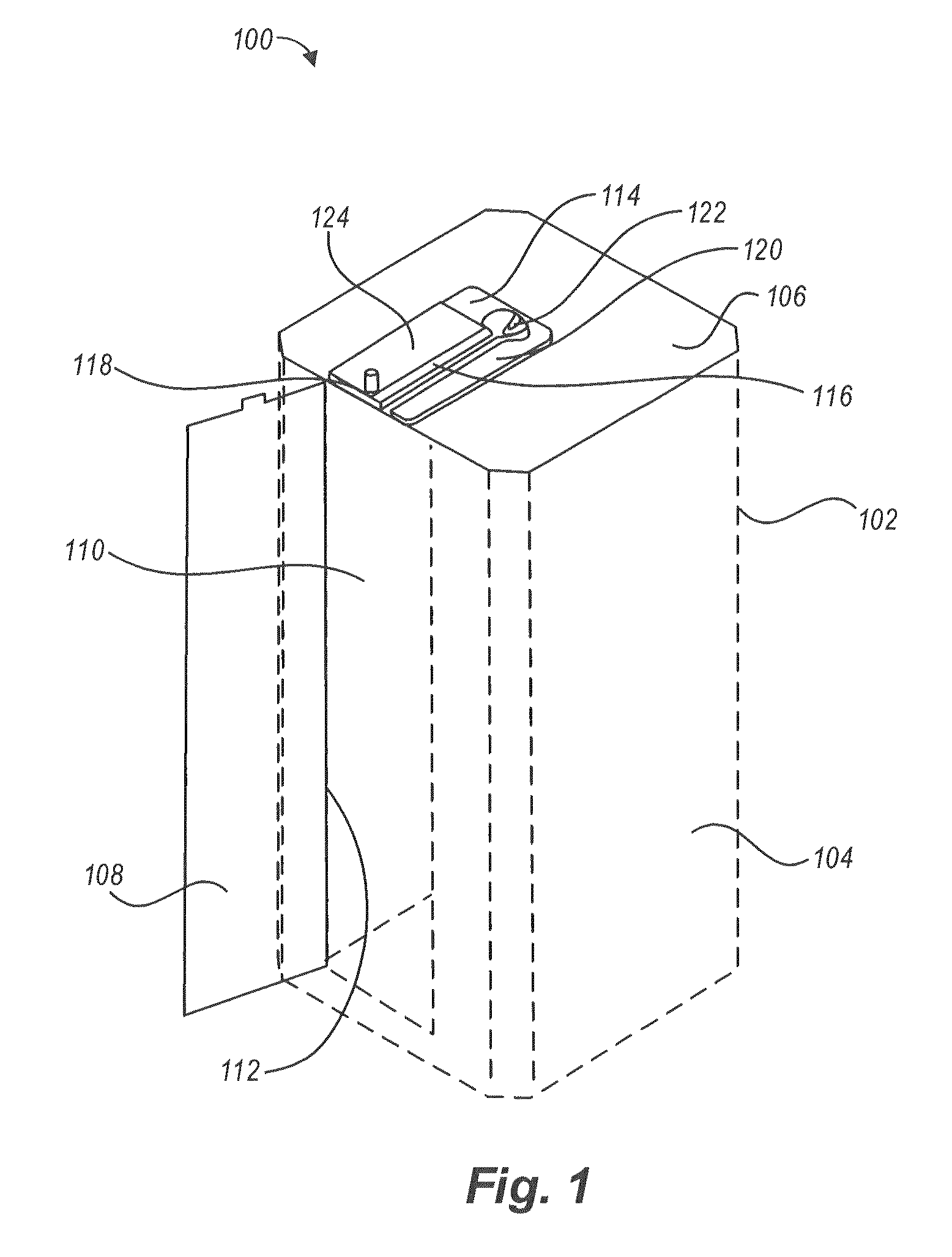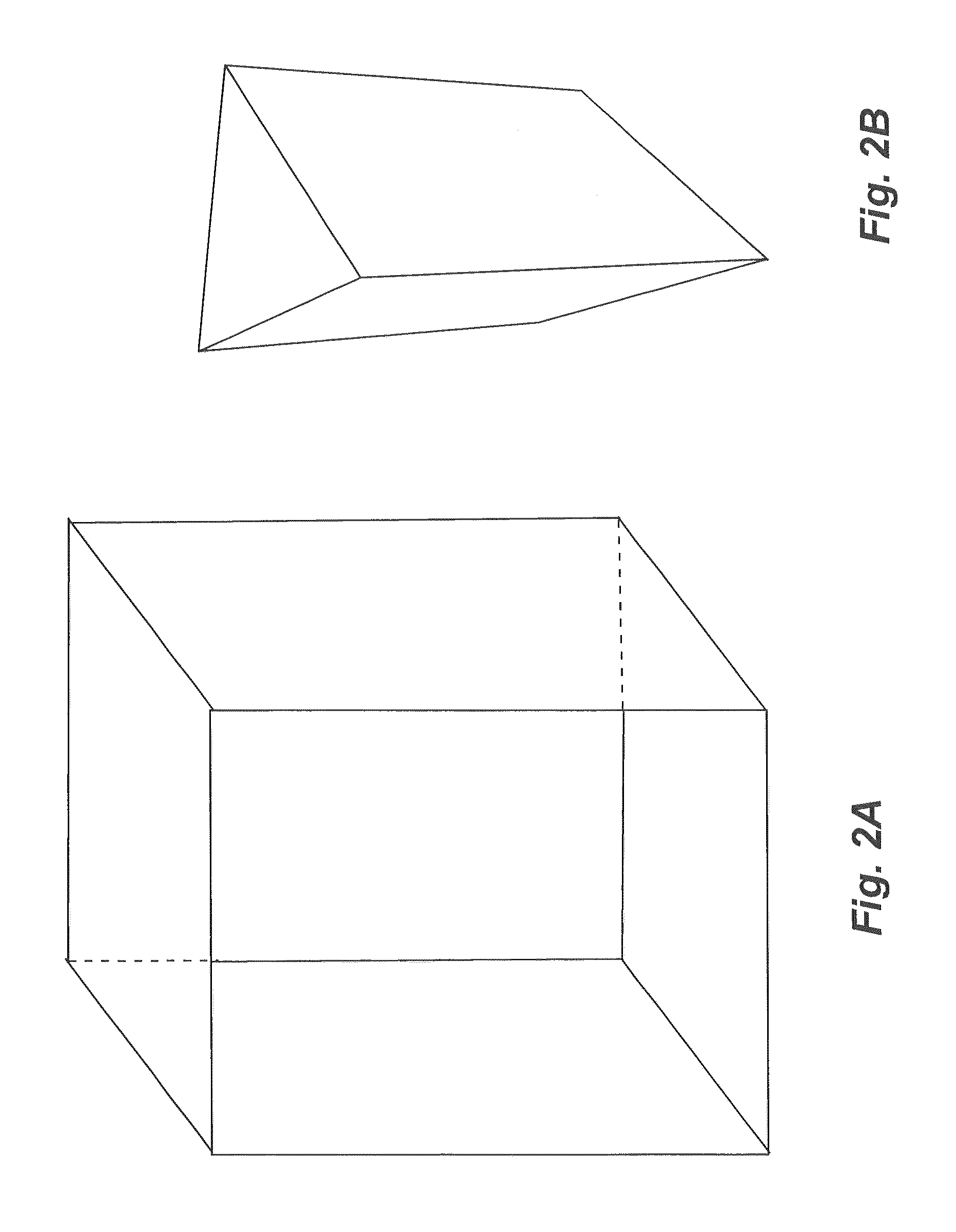Methods, systems, and devices for high-level disinfection
a high-level disinfection and disinfection technology, applied in the field of high-level disinfection, can solve the problems of accelerating potential damage or degradation, polymer heat generation, etc., and achieve the effects of rapid high-level disinfection of contaminated articles, rapid disinfection cycle, and improved productivity and complian
- Summary
- Abstract
- Description
- Claims
- Application Information
AI Technical Summary
Benefits of technology
Problems solved by technology
Method used
Image
Examples
Embodiment Construction
[0038]Devices, systems, and methods for the disinfection of contaminated articles are disclosed herein. The devices, methods, and systems provided are well-suited to the disinfection of medical devices, such as, for example, medical devices classified by the CDC as critical or semi-critical items. Articles processed using the technology described herein may or may not be connected or tethered to another device, system, or component. For example, in the context of a medical device, the technology described herein is suited to the disinfection of ultrasound probes. Currently, many ultrasound probes are tethered to a central processing unit, a display, etc. by one or more cables that provide, for example, power or data communication capabilities to the probe. However, a wireless ultrasound probe need not be tethered to a device, system, or component. The devices, systems, and methods described herein are suited to and can be adapted to accommodate tethered (e.g., wired) devices and unt...
PUM
| Property | Measurement | Unit |
|---|---|---|
| wavelength | aaaaa | aaaaa |
| wavelength | aaaaa | aaaaa |
| radiant output power rating | aaaaa | aaaaa |
Abstract
Description
Claims
Application Information
 Login to View More
Login to View More - R&D
- Intellectual Property
- Life Sciences
- Materials
- Tech Scout
- Unparalleled Data Quality
- Higher Quality Content
- 60% Fewer Hallucinations
Browse by: Latest US Patents, China's latest patents, Technical Efficacy Thesaurus, Application Domain, Technology Topic, Popular Technical Reports.
© 2025 PatSnap. All rights reserved.Legal|Privacy policy|Modern Slavery Act Transparency Statement|Sitemap|About US| Contact US: help@patsnap.com



